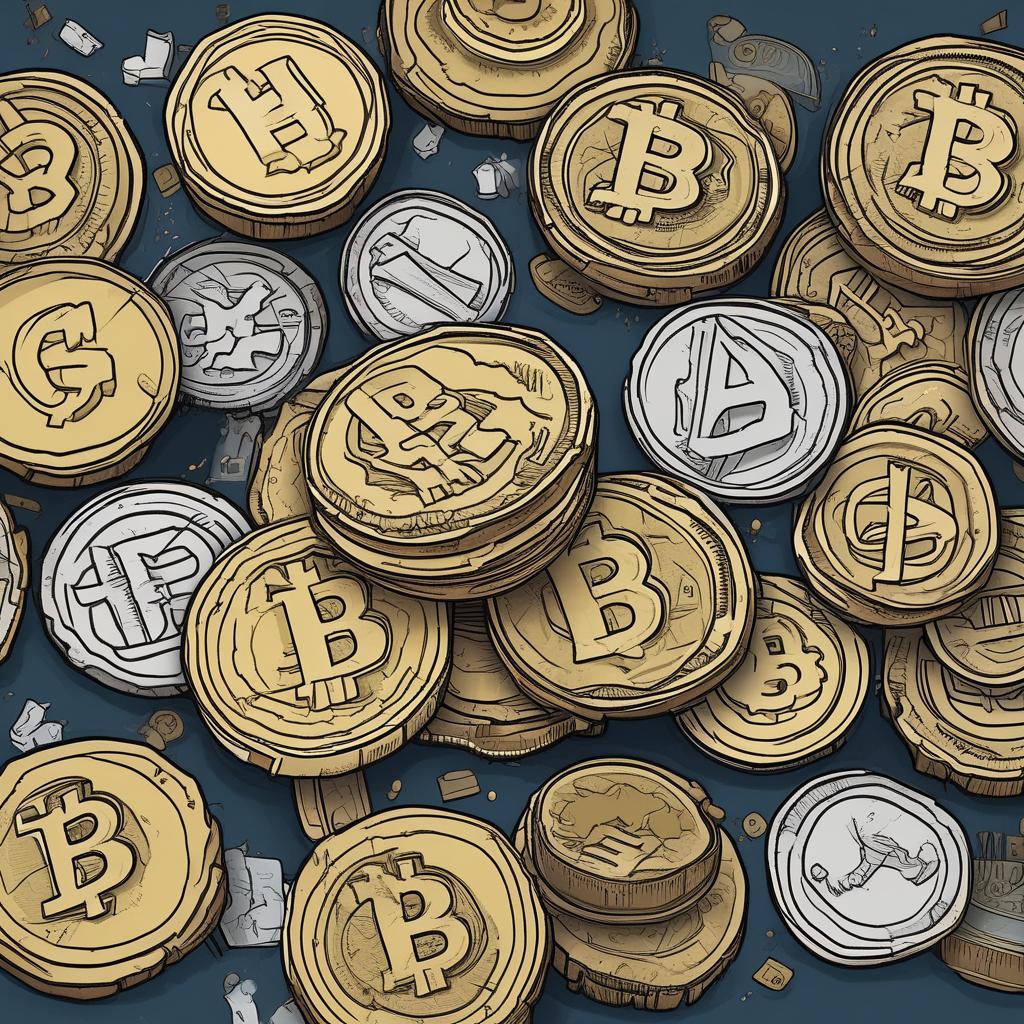The Rise of Decentralized Finance: Are Traditional Banks at Risk?
In recent years, Decentralized Finance (DeFi) has emerged as one of the most disruptive innovations in the financial sector. Built primarily on blockchain technology, DeFi seeks to recreate and improve upon traditional financial systems such as lending, borrowing, trading, and saving—without the need for centralized intermediaries like banks. As DeFi protocols continue to grow in popularity and functionality, a critical question arises: Are traditional banks at risk of becoming obsolete?
What is DeFi?
Decentralized Finance refers to a suite of financial services that operate on public blockchains like Ethereum. Unlike traditional finance, which relies on banks and other central authorities, DeFi uses smart contracts—self-executing contracts with the terms directly written into code—to facilitate financial transactions in a trustless and transparent manner.
DeFi platforms allow users to:
- Lend and borrow assets without credit checks.
- Earn interest by staking or providing liquidity.
- Trade assets through decentralized exchanges (DEXs).
- Access synthetic assets that mimic the value of real-world financial instruments.
All of this is done without needing to open a bank account, fill out paperwork, or go through intermediaries.
Growth of DeFi
Since 2020, the DeFi ecosystem has exploded. At its peak in late 2021, the total value locked (TVL) in DeFi protocols surpassed $250 billion, a figure that highlights the growing confidence of investors and users in decentralized platforms. Popular protocols like Uniswap, Aave, Compound, and MakerDAO have shown that complex financial operations can be executed securely and efficiently using blockchain technology.
Even though the market has seen fluctuations, DeFi continues to attract developers, investors, and everyday users seeking alternatives to traditional finance.
Why People are Turning to DeFi
There are several reasons why DeFi is gaining traction:
- Accessibility: DeFi is borderless and open to anyone with an internet connection and a crypto wallet. It eliminates many of the entry barriers associated with traditional banking.
- Transparency: All transactions and smart contract codes are publicly available on the blockchain, which allows for greater accountability.
- Control: Users retain full control over their assets. There is no need to trust a third party to manage or safeguard your funds.
- Higher Yields: In many cases, DeFi protocols offer much higher returns on investments compared to traditional savings or investment accounts, although with greater risk.
- Innovation: DeFi continues to evolve with new financial instruments and models that are often not possible within the traditional financial system due to regulatory and institutional constraints.
The Challenge to Traditional Banks
Traditional banks operate in a highly regulated environment and provide a wide array of financial services. However, they are often criticized for being slow, opaque, and expensive. In contrast, DeFi offers real-time transactions, lower fees, and greater user autonomy.
While banks still dominate the financial landscape, their position is increasingly being challenged in several areas:
- Lending and Borrowing: Platforms like Aave and Compound allow users to borrow instantly against crypto collateral, bypassing the long approval processes and paperwork of traditional banks.
- Payments and Transfers: Crypto payments can be faster and cheaper than traditional wire transfers or remittance services, especially for cross-border transactions.
- Savings and Investments: DeFi protocols can offer higher yields through staking, yield farming, and liquidity mining, drawing users away from low-interest bank savings accounts.
If DeFi platforms continue to grow and become more user-friendly, they could start attracting not just crypto enthusiasts, but the mainstream public—posing a serious threat to the conventional banking model.
Risks and Limitations of DeFi
Despite its promise, DeFi is not without challenges. Key concerns include:
- Security vulnerabilities: Smart contracts can be exploited, leading to massive losses. High-profile hacks have resulted in millions being stolen.
- Regulatory uncertainty: Most DeFi protocols operate outside of existing financial regulations, which could lead to legal crackdowns or restrictions.
- Volatility: Many DeFi investments are tied to highly volatile cryptocurrencies, making them risky compared to traditional assets.
- Complexity: The current DeFi ecosystem can be confusing for new users. Without simplified user interfaces and better education, mass adoption may remain limited.
The Future: Competition or Coexistence?
Rather than a full-scale replacement, some experts predict a convergence between DeFi and traditional finance, also known as “CeDeFi” (Centralized Decentralized Finance). This hybrid approach would combine the innovation of DeFi with the trust, scale, and compliance capabilities of traditional institutions.
Banks are already exploring blockchain technology to improve their services. For example, JPMorgan has developed its own blockchain platform, and other institutions are investing in digital asset custody, stablecoins, and decentralized identity solutions.
Moreover, regulators are beginning to understand the DeFi space better, which could lead to frameworks that both encourage innovation and protect consumers.
Conclusion
Decentralized Finance has undoubtedly shaken the foundations of the financial world, offering a glimpse into what a truly open and accessible financial system could look like. While DeFi is unlikely to replace traditional banks in the near future, it forces them to evolve, innovate, and respond to the changing demands of a more tech-savvy generation.
Traditional banks may not be at risk of extinction, but those that ignore the DeFi movement could find themselves increasingly irrelevant in the digital financial era.




Post Comment